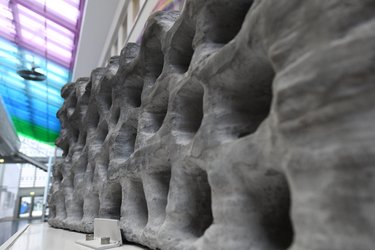

1: 11 steps to make a space mission
ESA is Europe’s space agency in which 22 Member States work together to achieve results that no individual nation can match.
As one of the few agencies worldwide that operates across the full spectrum of space activities, we don’t do ‘routine’. As an operational research and development agency, each new space mission marks a significant step forward on what has gone before.
ESA flies the ‘never-done-before’ scientific missions, like Huygens and Rosetta, accepting and managing the risk that no others can assume, to take European scientists where they need to go.
We fly the orbiting observatories, like Gaia, XMM-Newton and Integral, that serve researchers worldwide and help humanity understand the fundamental features of our Universe, like galaxies, black holes and gravitational waves.
Closer to home, we fly the first-of-a-kind missions that prove the concepts for the development of valuable services for European and global citizens, to be handed over to partners for subsequent development, leaving ESA free to take its next steps into space.
In future, we plan to fly cutting-edge missions that will monitor our Sun for potentially harmful space weather, prove asteroid deflection techniques and help keep spaceflight sustainable for future generations.
So how do we plan, make and run new ESA missions?
Most European citizens assume, with good cause, that ESA missions take shape and fly to their destinations with little worry or bother, as if by effortless magic. Click through the following images to read the true story of how this ‘magic’ really occurs – and become one of the insiders who know how we make it all happen.
Next part: Investing in the basics of space
(Photo: ESA's Cheops exoplanet-observing mission during testing inside the Maxwell electromagnetic compatibility chamber.)
ESA Basic Activities at Space19+
For ESA’s next Ministerial Council, Space19+, set for the end of this year, the Agency is asking Europe’s space ministers for a substantial investment for its core Basic Activities, helping to support a new generation of space missions as efficiently as possible. ESA’s Basic Activities have three main objectives: to enable the future through early stage research and development, commencing the Agency’s seamless grid of innovation; develop and maintain ESA’s common infrastructure and expertise; and, develop, preserve and disseminate knowledge for European capacity building and sustainable growth – inspiring and promoting creativity.





